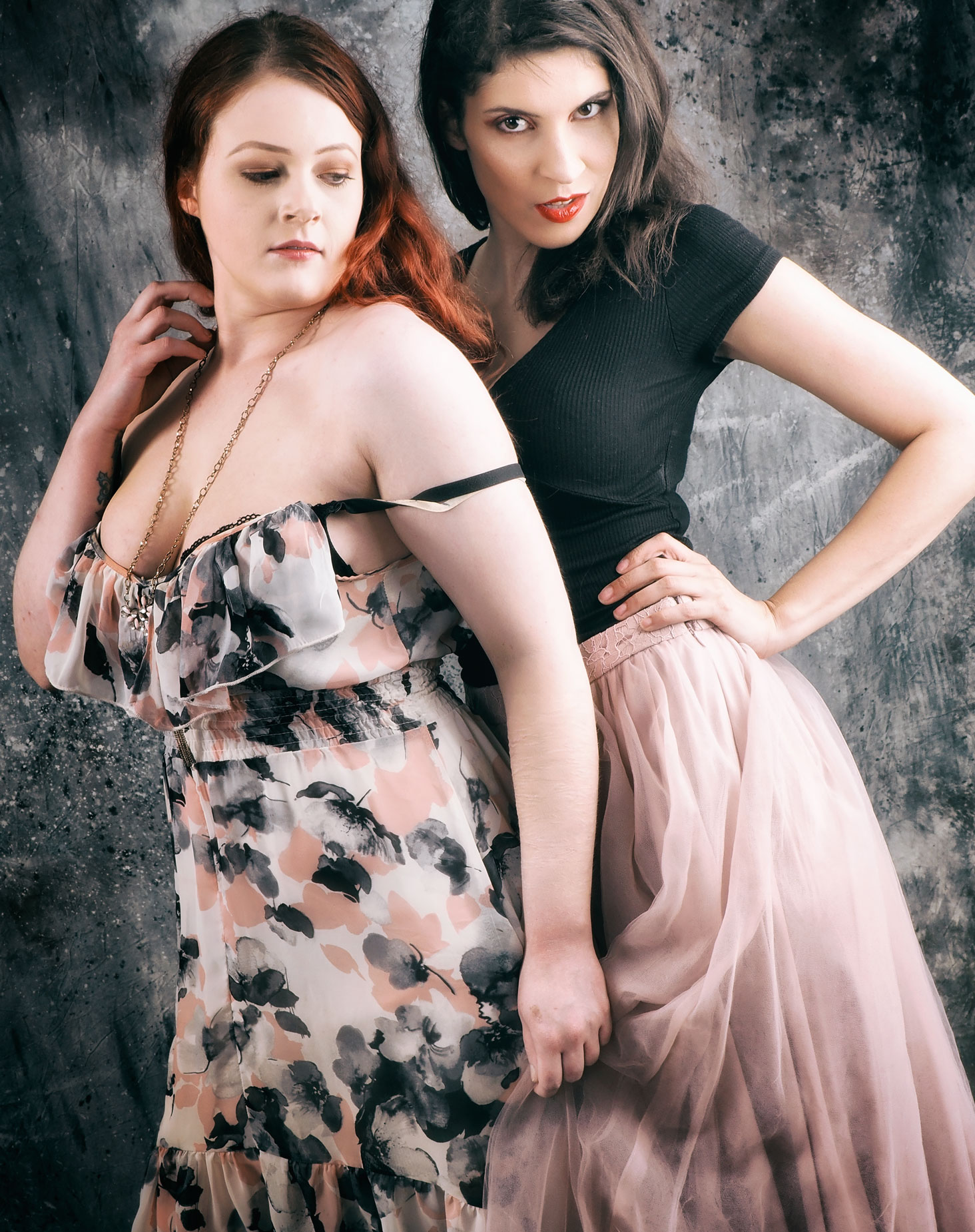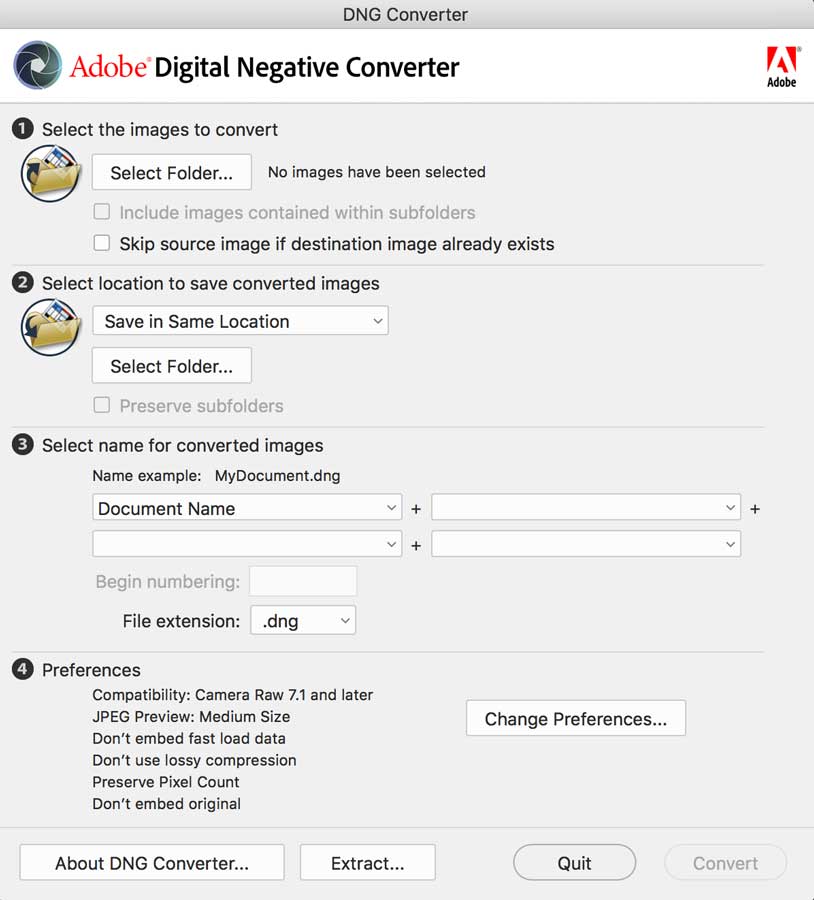Today’s Post by Joe Farace
…in which I share some of the dumb (photographic) things that I’ve done over the years and, for some reason, always seem to involve attractive women and in this case it’s two women. Or as Bram Stoker once said, “We learn from failure, not from success!”
History Lesson
Back in the 1980’s, I photographed weddings using Hasselblad film cameras. During one wedding my 500CM body and 80mm lens locked up. Later a camera repair person made me a tool to manually cock the shutter so I could remove the lens, which I couldn’t do during this wedding. While I had a back-up 500C body, my back-up lens was a 150mm f/4 that made photographing even a small wedding group, like the one I was shooting, a challenge. The wedding was held in a small venue and to capture the group and I had to stand in the doorway of the chapel using a Vivitar 283 seedlight as my only light source, all the while thanking Kodak for its color negative film’s latitude.
MORE RECENTLY…
 And it so happened that I had a shoot scheduled with two models, Erin Valakari who I had worked with many times and Kelly Alexander, who I had photographed a few times before. Up to the day of the shoot the two models had not worked together. (Not to be confused with Kellie Alexander, who Mary and I had both photographed in the past.)
And it so happened that I had a shoot scheduled with two models, Erin Valakari who I had worked with many times and Kelly Alexander, who I had photographed a few times before. Up to the day of the shoot the two models had not worked together. (Not to be confused with Kellie Alexander, who Mary and I had both photographed in the past.)
To make the images, I planned on using my Panasonic Lumix GH4 and as I started the session, the camera’s LCD screen would not turn on. Chimping is not as big of a deal with mirrorless cameras because you can see if a subject blinks (or not) via the electronic viewfinder but using the EVF to make menu choices is not that easy. I have several cameras in my gear closet but on that day few of them had batteries that were charged . Yes, there’s a lesson—about backups— for me there too.
I picked up my Olympus E-M5 Mark I but couldn’t find its charger. Meanwhile both of these models are standing around getting bored. I found the E-M10 Mark I and its charger, put its battery on charge, then grabbed my Olympus Pen F and Olympus M.Zuiko 14-42mm F3.5-5.6 II R kit lens that was charged and sitting on my office desk and started shooting. And before you ask, all of these chargers and cameras have since been labeled and co-located so this doesn’t occur again.
You would think the rangefinder style design of the Pen F would not lend itself to studio shooting but my Pocket Wizard PlusX easily slid onto the camera’s hot shoe and happily fired my Paul C Buff monolights. I then noticed how much nicer the images on the Pen F’s screen looked compared to the Lumix GH4. Both of the cameras’ screens measure three-inches but the Lumix is a 1.03m-dot LCD and the Pen F is 2.36m-Dot OLED. Initially I thought those differences had to do with when the cameras were made but the newer Lumix GH5 Mark II only has a 1.84m-dot LCD screen. When looking at the images on my computer, the Olympus images looked better too. The Pen F’s sensor is 20 megapixels vs. the GH4’s 16, so obviously more is better megapixel-wise too.
How I made the photo: I photographed Kelly and Erin with an Olympus Pen F with Oly’s 14-42mm f/3.5-5.6 II R kit lens at 41mm. Exposure was 1/125 sec at f/11 and ISO 400, shooting in RAW+JPEG mode. Lighting was provided by two Paul C Buff DigiBee DB 800‘s and one Alien Bees B800 monolight. The background was a hand painted Carbonite muslin from Silverlake Photo suspended from my JTL background stands. The image was retouched, converted to monochrome with Silver Efex and the Glamour Glow filter from Color Efex was added to soften the image and add a slightly warm glow to the portrait
 I did the shoot in my standard RAW+JPEGs protocol, with the copies of the JPEGs given to the models. Because I refuse to use Adobe’s Photoshop subscription service, shooting the Pen F left me with 444 ORF Olympus Raw Format files that I couldn’t open. Adobe Camera RAW CS6 opens the Lumix GH4’s RW2 files but not the Pen F RAW files. I downloaded Adobe DNG Converter and that did the trick at the time*, converting ORF’s into portable DNG files I could use with this older version of Photoshop.
I did the shoot in my standard RAW+JPEGs protocol, with the copies of the JPEGs given to the models. Because I refuse to use Adobe’s Photoshop subscription service, shooting the Pen F left me with 444 ORF Olympus Raw Format files that I couldn’t open. Adobe Camera RAW CS6 opens the Lumix GH4’s RW2 files but not the Pen F RAW files. I downloaded Adobe DNG Converter and that did the trick at the time*, converting ORF’s into portable DNG files I could use with this older version of Photoshop.
As to the GH4’s status: After the models left I reset the the camera to the default specs and voila! it worked fine…at least for a while.
What have we learned today? This is how this particular shoot went and why it’s important to have a backup and not just any backup camera but one with a fully charged battery.
*The latest version of DNG Converter won’t run on my 5K iMac and its OS. My workaround was to install the newer version of the software on my 23-inch iMac that has a later operating system then transferring to the 5K iMac. The entire process is awkward. But what’s a poor hippo to do?
 PS: Just a reminder: Podcast #4 is live now on my YouTube channel, Joe Farace’s Videos, featuring a look at a look at my Photo Month project, response to a Q&A that reveals a fanboy confession and an unboxing related to a previous Q&A
PS: Just a reminder: Podcast #4 is live now on my YouTube channel, Joe Farace’s Videos, featuring a look at a look at my Photo Month project, response to a Q&A that reveals a fanboy confession and an unboxing related to a previous Q&A
If you’re interested in learning how I shoot portraits and I use cameras, lenses and lighting in my in-home studio and on location, please pick up a copy of Studio Lighting Anywhere, which is available new from Amazon.com for $34.93or used starting around thirteen bucks, as I write this. The Kindle version is $19.99 for those preferring a digital format.